The world of video editing is constantly evolving, driven by advances in technology, changing audience preferences, and the rise of new content platforms. In 2024, staying ahead of the curve means embracing trends that captivate audiences and enhance storytelling. Here are the top 10 video editing trends you need to know to keep your content fresh and engaging.
1. AI-Powered Video Editing
Artificial intelligence (AI) is revolutionizing video editing by automating complex tasks like scene detection, color grading, and even generating edits based on music beats. AI tools like Adobe’s Sensei and Runway are making professional editing faster and more accessible.
Why It Matters: Saves time while maintaining high-quality production.
2. Vertical Video Dominance
As mobile-first platforms like Instagram Reels, TikTok, and YouTube Shorts continue to grow, vertical video is no longer an option but a necessity. Editors are optimizing content specifically for this format to reach wider audiences.
Pro Tip: Use split-screen and creative transitions to maximize the impact of vertical videos.
3. Cinematic Color Grading
Gone are the days of flat and basic color adjustments. In 2024, cinematic color grading is in the spotlight, creating visually stunning videos with dramatic tones and moods that evoke emotion. Tools like DaVinci Resolve are key players in this trend.
Use Case: Ideal for storytelling, brand videos, and short films.
4. Seamless Transitions
Dynamic transitions like whip pans, zoom cuts, and match cuts are becoming increasingly popular. These effects help maintain viewer engagement by creating smooth, visually appealing movement between scenes.
Trending Tools: Plugins for Premiere Pro and Final Cut Pro enhance these transitions with minimal effort.
5. Text Animations and Kinetic Typography
Kinetic typography is making waves, especially in explainer videos and social media ads. Bold, animated text grabs attention while delivering key messages in an eye-catching way.
Why It Works: Keeps viewers engaged while reinforcing the message.
6. Multilayer Effects
Layering elements like motion graphics, overlays, and visual effects is gaining traction. Combining multiple effects, such as particles, glitches, and light leaks, adds depth and sophistication to your edits.
Example: Using overlay effects for music videos or travel vlogs creates a dreamy, immersive experience.
7. Real-Time Collaboration in Cloud Editing
Cloud-based video editing tools like Frame.io and Adobe Creative Cloud are enabling real-time collaboration. Teams can now review, comment, and edit projects together, even when working remotely.
Why It Matters: Speeds up the production process and ensures everyone stays on the same page.
8. Hyperreal Visual Effects (VFX)
With advancements in VFX software, editors are creating hyperreal effects that blur the line between reality and fiction. Expect to see more realistic explosions, de-aging effects, and immersive 3D environments.
Emerging Software: Unreal Engine and Blender are leading the charge in this space.
9. Interactive Videos and Personalized Content
Interactive videos that allow viewers to make choices or customize their experience are gaining traction. Personalization is also on the rise, with videos tailored to specific audience segments for greater engagement.
Use Case: Perfect for e-learning, product demos, and marketing campaigns.
10. Sound Design Takes Center Stage
Audio is just as important as visuals in creating impactful videos. In 2024, editors are focusing on immersive sound design, incorporating spatial audio and custom sound effects to enhance storytelling.
Pro Tip: Use sound layering to match audio transitions with visual effects for a polished finish.

